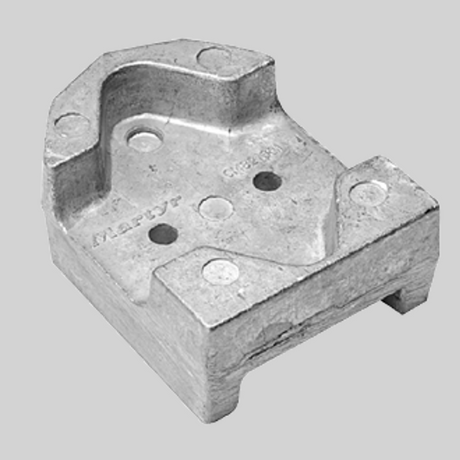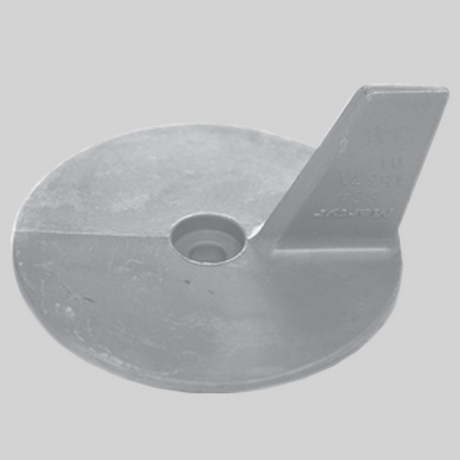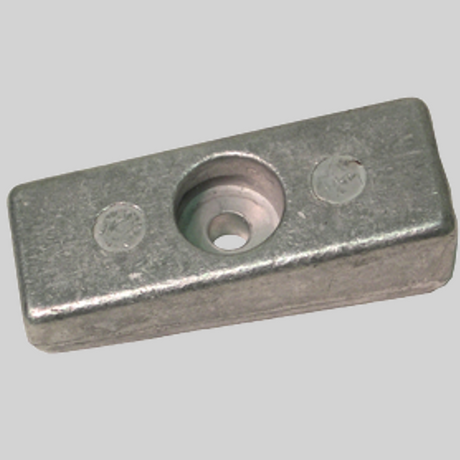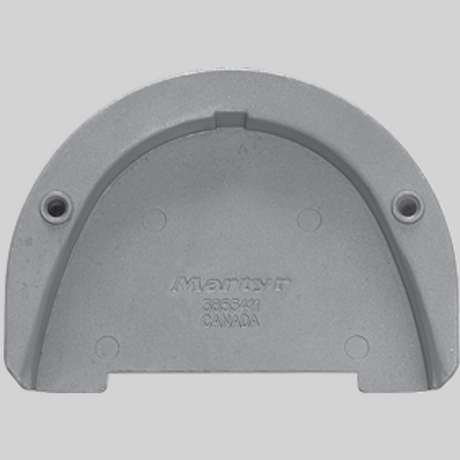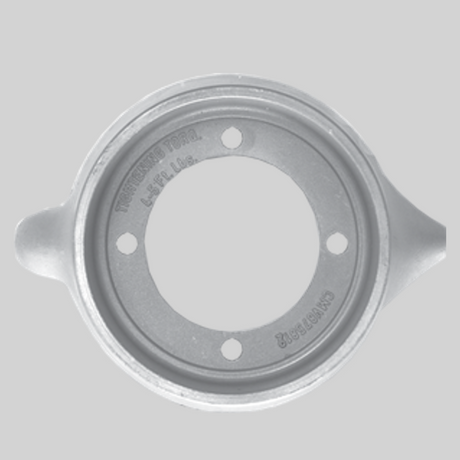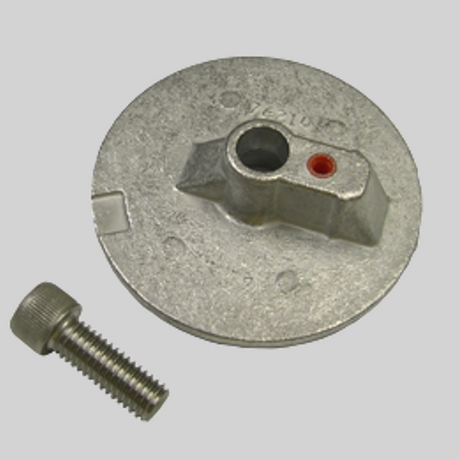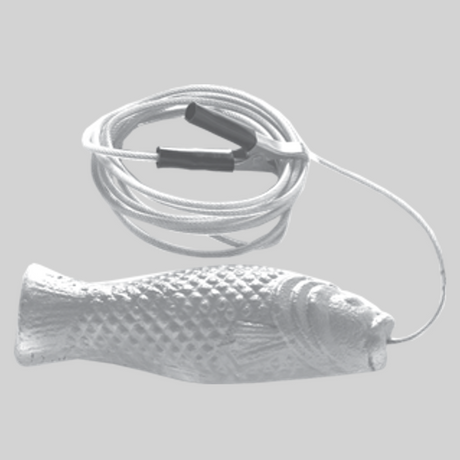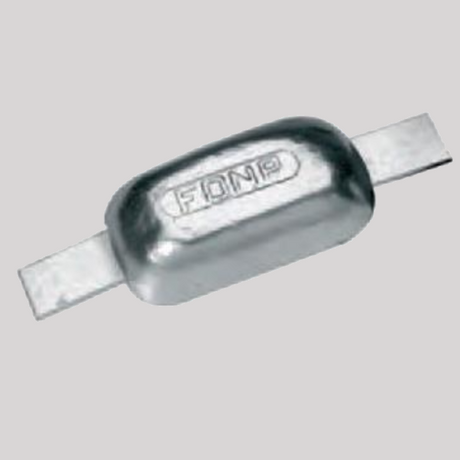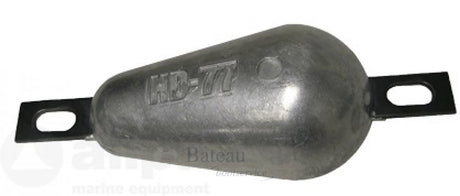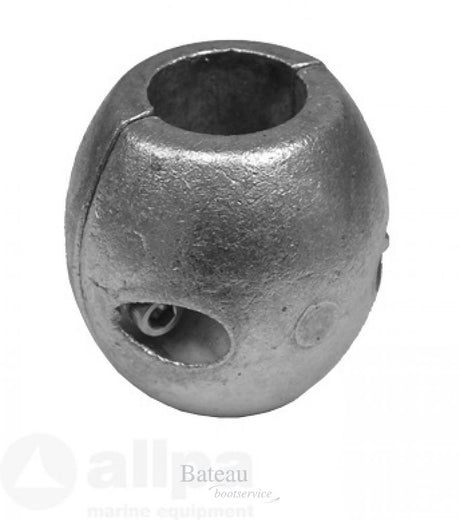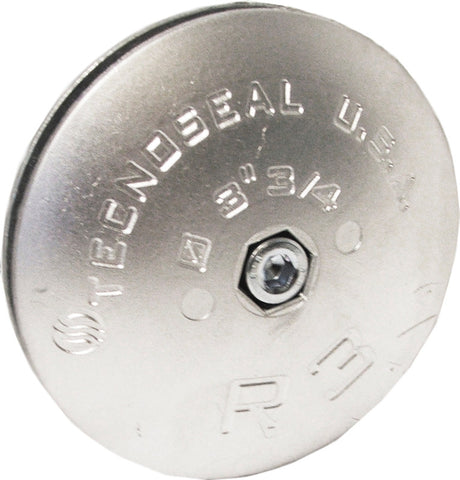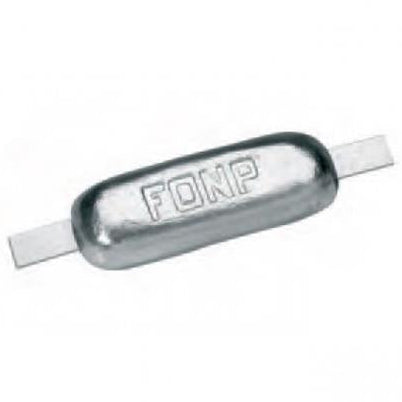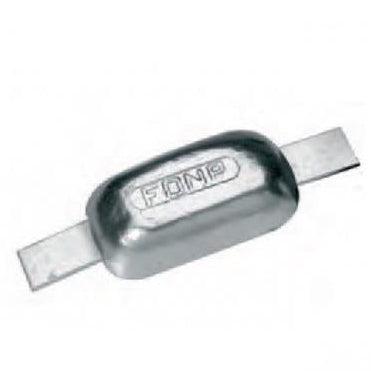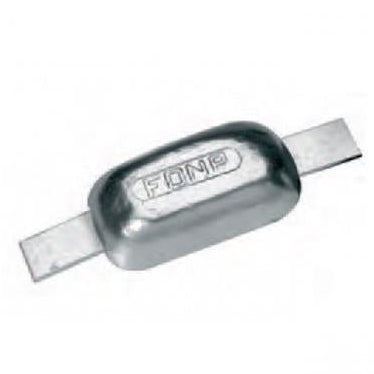Hollex
Hollex zinc welding anode F-2.7 300 mm – skin/rudder protection against corrosion
From 54,50Unit price /UnavailableHollex
Hollex zinc welding anode F1-2 300 mm – skin/rudder protection against corrosion
From 44,50Unit price /UnavailableHollex
Hollex zinc welding anode FR-2 300 mm – skin/rudder protection against corrosion
From 35,40Unit price /UnavailableHollex
Hollex zinc welding anode F1-3 290 mm – skin/rudder protection against corrosion
From 55,40Unit price /UnavailableHollex
Hollex zinc welding anode 190 mm – skin/rudder protection against corrosion
From 23,00Unit price /UnavailableHollex
Hollex magnesium welding anode 300 mm – skin/rudder protection against corrosion
From 24,95Unit price /UnavailableHollex
Hollex magnesium welding anode 190 mm – skin/rudder protection against corrosion
From 18,00Unit price /UnavailableHollex
Hollex aluminium welding anode 300 mm – skin/rudder protection against corrosion
From 33,85Unit price /UnavailableHollex
Hollex aluminium welding anode 300 mm – corrosion protection for brackish water
From 23,00Unit price /Unavailable
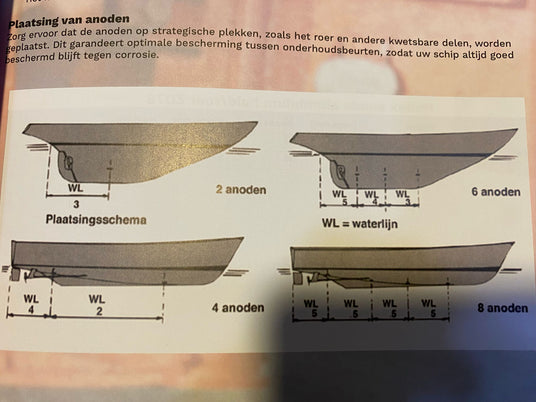
Placement schedule
Depending on the size of your boat and the amount of protection required, you can install the following number of anodes:
- 2 anodes – For small boats with limited exposure to corrosion
- 4 anodes – For average boats with metal parts underwater
- 6 anodes – Extra protection for larger boats
- 8 anodes – Maximum protection for boats with many exposed metal parts

